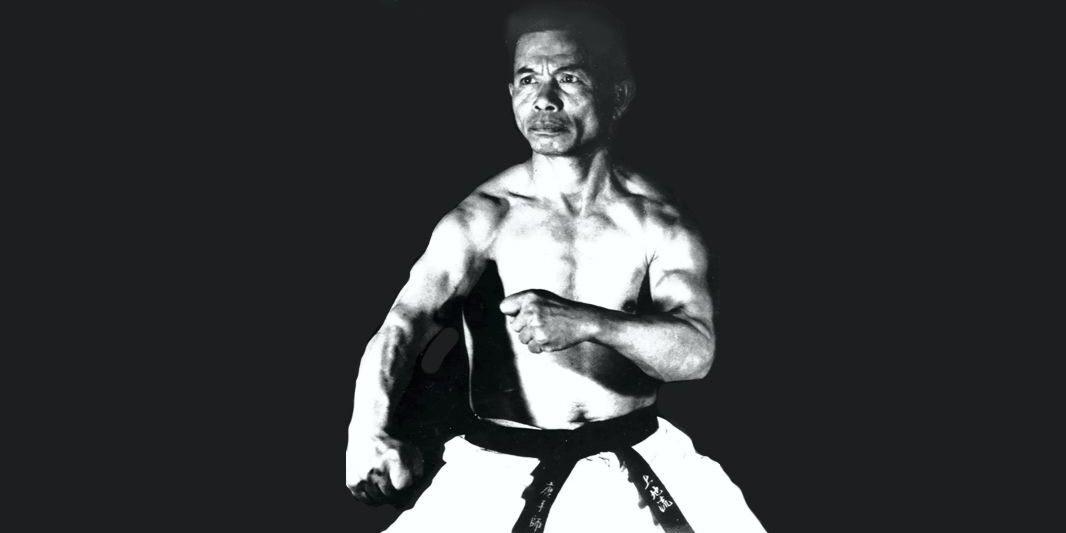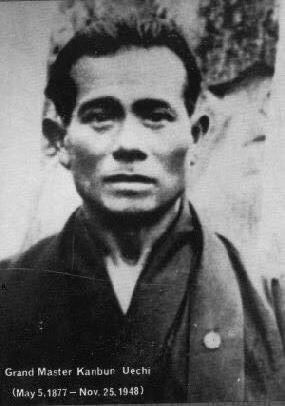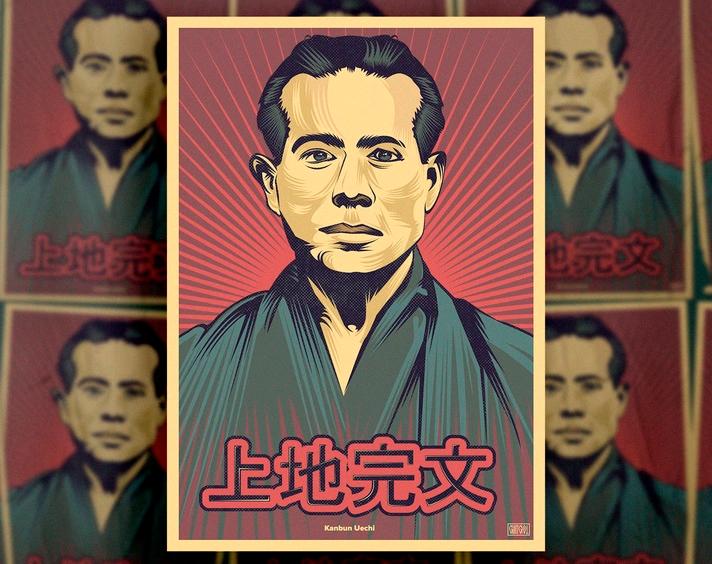
3 minute read
UECHI RYU BORN IN JAPAN TO DEFEND HIMSELF AGAINST GANG MEMBERS SENSEI Cecilia Salbuchi
Sensei Cecilia Salbuchi
Advertisement
The Uechi Ryu is a style of Karate born for self defense. Historically, training as a sport was never thought of until very modern times. In fact, Kanbun Uechi himself began to teach his compatriots in Wakayama, Japan, after a series of incidents in which the Japanese attacked the Okinawans who lived in that area. I share the story of how this first dojo of what would later become Uechi Ryu (Sensei Kanbun preferred to call it Pangainoon Ryu) began to understand what the spirit of the time was. “In 1924 Kanbun Uechi arrives in Osaka to seek to establish himself without success, so he continues his journey to Wakayama where he gets a job in a textile factory along with a group of Okinawans. At that time, the Japanese did not look favorably on Okinawans, and added to the high crime rate in the area, this group was the target of multiple attacks. This motivated Okinawans to unite even more to protect each other from beatings and robberies, forming the Okinawa Kenjinkai (Okinawan Citizens Association). There, a small group of people approached Kanbun Uechi to help control the insecurity. One of them was Ryuyu Tomoyose, a young man with a strong sense of justice who challenged those who beat up his fellow citizens. Ryuyu's son went so far as to say that his father challenged groups of up to ten gang members... of course, he didn't always win these fights. He was not the only Okinawan vigilante, other youngsters imitated him, for example Chosibe Motobu, the nephew of Choki Motobu (Motoburyu) was in the group that persecuted these gang members as well. After a while they managed to calm down against the Okinawans, and this earned them the respect of their own. Ryuyu Tomoyose was born in Ie-Jima, near Motobu, Kanbun's birthplace. Hence, he had an idea of Kanbun's reputation. Ryuyu would have fun fighting with the local Japanese, then he would visit Kanbun to tell him his stories. Eventually they started talking about the techniques to use in the fights and Ryuyu realized that Kanbun knew more than he let on, so he started asking him to teach. Kanbun refused, but eventually relented and showed his new friend at his house. Tomoyose told a handful of his friends about the situation, and this led to the community formally requesting Kanbun to teach. Due to this pressure, Kanbun had to recount the mishap that caused him to stop teaching in China, where a student of his had murdered a neighbor after an argument. Fifteen years had already passed and the people who told him that so many years of regret was

punishment enough. He now had to teach, especially so that knowledge of him would not be lost, and so that the Okinawan community could defend itself. Upon reflection, Kanbun saw that they were right in every way, so in April 1925 he formally opened a school in Japan under the name of Pangainoon. His dojo is called Shataku, because he lived in the company's (kai-sha) departments (taku). This new group of students spent their time training and regularly patrolling the area to keep out gang members who targeted Okinawans, becoming a kind of community guardian. One peculiarity is that Kanbun Uechi Sensei kept a small number of students in the dojo, and only accepted those who had serious recommendations from one of the other members of the dojo. He sought to guarantee a moral behavior of the student, and all were interrogated by Kanbun. The practitioners were forbidden to show what they had learned outside the dojo and the classes were held behind closed doors, which aroused even greater curiosity on the part of the young people who were aware of the fame of these guardians of the area. If a visitor dared to knock on the door, he would find a group of men sitting on the floor chatting amicably. This generated even more confusion and expectation.” At this very moment Gichin Funakoshi Sensei began to start his dojos in the universities of Japan, to hold exhibitions and popularize what we know as Shotokan. But Kanbun Uechi's karate remained secret, closed to a community of Okinawans who made their way as best they could in the midst of hostility.












